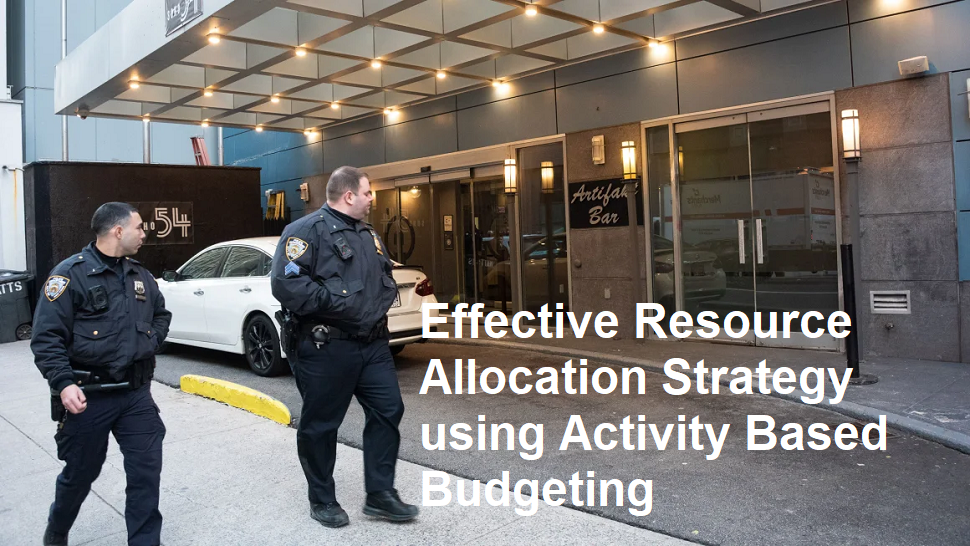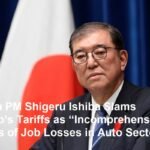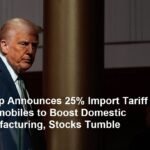New York, June 25, 2024 — Goldman Sachs has issued a stark economic forecast, cautioning that newly proposed U.S. tariffs on imported goods risk severely eroding household purchasing power and pushing the world’s largest economy toward recession. In a report published Tuesday, the Wall Street giant warned that the tariffs—part of a broader trade policy overhaul—could amplify inflation, disrupt supply chains, and stall growth, with repercussions rippling across global markets.
Tariffs and Tumbling Wallets
The Biden administration’s proposed tariffs, targeting $300 billion in imports ranging from Chinese electric vehicles to European steel, aim to protect domestic industries and counter unfair trade practices. However, Goldman Sachs economists argue that the measures will backfire by driving up prices for consumers already grappling with persistent inflation. The report estimates that the tariffs could add 1–2% to annual inflation rates, disproportionately affecting low- and middle-income families.
“These tariffs act as a regressive tax,” said David Kostin, Goldman’s Chief U.S. Equity Strategist. “Households will face higher costs for everyday goods—cars, electronics, clothing—without commensurate wage growth. The risk of stagflation, where prices rise amid stagnant demand, is real.” The analysis projects a 0.5–1.5% contraction in U.S. GDP over the next 18 months if the tariffs are fully implemented, potentially tipping the economy into a mild recession by late 2025.
Supply Chains and Sector-Specific Shockwaves
The report highlights vulnerabilities in critical industries. Auto manufacturers, for instance, rely heavily on imported components, with tariffs likely to raise production costs and delay deliveries. Retailers like Walmart and Amazon warned of price hikes, while agricultural exporters fear retaliatory measures from trade partners. China has already threatened to restrict rare earth mineral exports—a move that could cripple U.S. tech and renewable energy sectors.
Goldman’s modeling also underscores the risk of a “tariff war” spiral. The European Union, Canada, and Mexico are drafting countermeasures, threatening $200 billion in U.S. exports. “This isn’t 2018 anymore,” said Jan Hatzius, Goldman’s Chief Economist. “Global trade is more interconnected, and escalating protectionism could fracture supply chains irreparably.”
Political Pushback and Public Anxiety
The administration defends the tariffs as necessary to bolster U.S. manufacturing and counter China’s dominance in strategic sectors. “Short-term pain is inevitable, but we’re investing in long-term competitiveness,” said U.S. Trade Representative Katherine Tai. Yet critics, including some Democratic lawmakers, warn of electoral fallout as voters feel the pinch.
Public sentiment reflects growing anxiety. A recent Pew Research poll found 62% of Americans oppose the tariffs, fearing job losses and higher living costs. “I’m barely keeping up with rent and groceries,” said Marcus Greene, a factory worker in Ohio. “If prices jump again, I don’t know how we’ll cope.”
Federal Reserve’s Dilemma
The tariffs complicate the Federal Reserve’s efforts to tame inflation without stifling growth. While the central bank had signaled potential rate cuts in 2024, renewed price pressures could force policymakers to maintain higher rates—a scenario Goldman says would exacerbate recession risks. “The Fed is walking a tightrope,” said Hatzius. “Missteps could trigger a hard landing.”
Global Domino Effect
As the U.S. consumes nearly 20% of global exports, a slowdown would hit emerging markets hardest. Countries like Mexico and Vietnam, key links in manufacturing supply chains, face reduced orders and currency volatility. Meanwhile, equity markets tumbled on Goldman’s report, with the S&P 500 dropping 2.3% Tuesday.
A Call for “Smart Protectionism”
Goldman urges policymakers to adopt targeted measures, such as subsidies for green energy and semiconductors, instead of blanket tariffs. “Protectionism isn’t inherently bad, but it must be strategic,” said Kostin. “Broad tariffs are a blunt instrument in a precision-driven economy.”
Recession Watch
With U.S. consumer confidence at a six-month low and business investment stagnating, economists are revising growth forecasts downward. The Conference Board’s Leading Economic Index has signaled contraction for five consecutive months—a pattern historically preceding recessions.
Conclusion: A Pivotal Moment
Goldman’s warning underscores the high stakes of the U.S. trade agenda. While the administration seeks to redefine global trade rules, the report stresses that unchecked tariffs could undermine economic stability at home and abroad. As Hatzius concluded, “The path ahead requires balancing ambition with pragmatism. The margin for error is razor-thin.”
With the proposed tariffs slated for congressional review in July, the coming weeks will determine whether the U.S. economy steers toward renewal or relapse.












